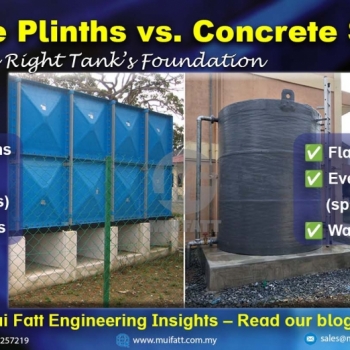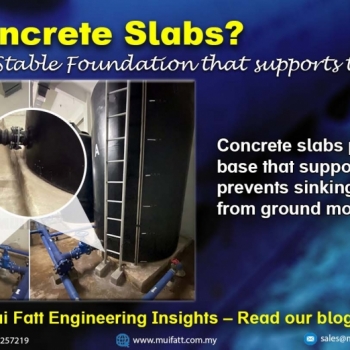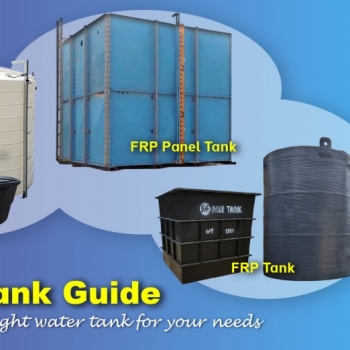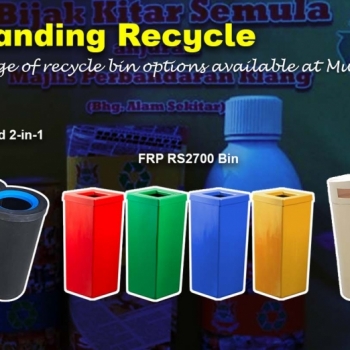Understand the key differences between concrete slabs used for water tanks and septic tanks. Learn about their functions, compliance standards, structural needs, and when to use each, so you can make the right decision for a safe and long-lasting installation.
The Role of Industrial Design in Creating Visually Appealing and Functional Products
09 Jun 2023
Industrial design is a field that focuses on creating and developing concepts and specifications for mass-produced products. It is a profession that combines aesthetics, functionality, and usability to create products that are visually appealing, ergonomic, and user-friendly.
Professionals in the field of industrial design are commonly referred to as industrial designers. They are responsible for designing a wide range of products, including consumer electronics, furniture, appliances, automobiles, medical devices, and more. Industrial designers often work closely with engineers, marketers, and manufacturers to ensure that the products they design meet both the user’s needs and the requirements of the manufacturing process.
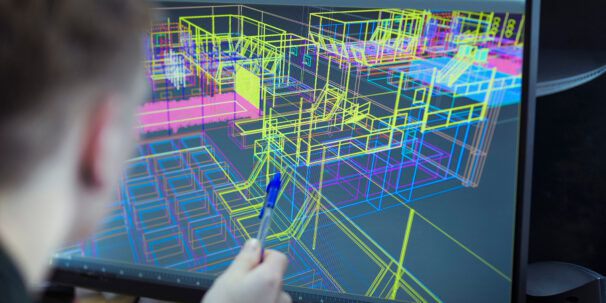 Industrial designers typically have a multidisciplinary skill set that includes sketching, computer-aided design (CAD), 3D modelling, prototyping, materials knowledge, and an understanding of manufacturing processes. They need to consider factors such as aesthetics, ergonomics, materials, sustainability, cost-effectiveness, and market trends while creating innovative and functional designs.
Industrial designers typically have a multidisciplinary skill set that includes sketching, computer-aided design (CAD), 3D modelling, prototyping, materials knowledge, and an understanding of manufacturing processes. They need to consider factors such as aesthetics, ergonomics, materials, sustainability, cost-effectiveness, and market trends while creating innovative and functional designs.
The Involvement of Industrial Designers in the Composite Material Manufacturing Industry:
Exploring the Role of Industrial Designers in Composite Material Manufacturing
The Significance of Composite Materials
Composite materials, which are made by combining two or more materials with different properties to create a new material, are widely used in various industries, including aerospace, automotive, construction, and consumer products.
Industrial designers play a crucial role in the development of products that utilize composite materials. They work closely with engineers, and materials expert to design products that take advantage of the unique properties of composites, such as high strength-to-weight ratio, durability, and flexibility.
Context of Industrial Design in Composite Material Manufacturing
Conceptualization and Design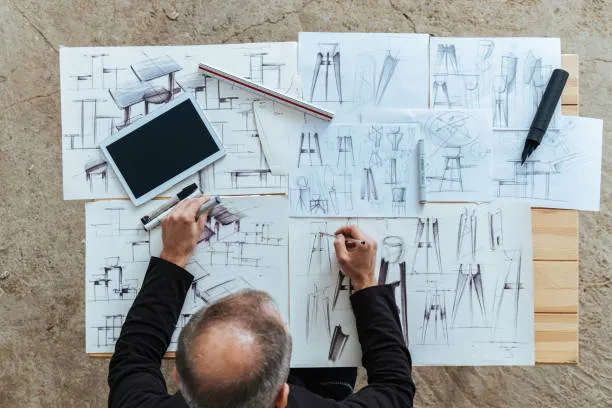
Industrial designers play a crucial role in the initial stages of product development. They contribute their creative and problem-solving skills to develop product concepts that make effective use of composite materials. They consider factors such as aesthetics, ergonomics, functionality, and manufacturability while designing products that showcase the benefits of composites.
Material Selection
Industrial designers collaborate with materials experts to choose the appropriate composite materials for a given product. They consider the desired properties, performance requirements, and manufacturing constraints to select the most suitable composites.
Prototyping and Testing
Industrial designers oversee the creation of prototypes using composite materials. They often work on creating prototypes of their designs using composite materials. This allows them to evaluate the form, fit, and function of the product before it moves into mass production. They may also collaborate with testing and quality assurance teams to ensure that the prototypes meet the necessary standards and specifications.
Manufacturing Support
Industrial designers may provide ongoing support during the manufacturing process. They work closely with manufacturing team to address design challenges, provide clarifications, and make necessary adjustments to the design to optimize the manufacturing of composite parts or products.
User Experience and Ergonomics
Industrial designers focus on creating products that provide an exceptional user experience. They consider ergonomics, aesthetics, and usability while designing products made of composite materials. This involves creating designs that are comfortable to use, visually appealing, and fit the intended user’s needs.
Overall, industrial design is a profession that combines creativity, problem-solving, and technical skills to shape the form and function of products that we encounter in our everyday lives. While industrial designers may not be directly involved in the manufacturing of composite materials themselves, they play a crucial role in the design and development of products that utilize these materials. Their understanding of composites properties and their expertise in designing for manufacturing make them valuable contributors to the composite material manufacturing industry.
We are having open recruitment for Industrial Designer (Composite Material) currently. Fresh Graduates from Diploma or Degree are encouraged to apply. Understand more from Mui Fatt Open Recruitment
Disclaimer:-
The information provided on this website is for general informational purposes only and does not constitute legal advice. While we strive to ensure the accuracy and reliability of the information provided, we make no representations or warranties of any kind, express or implied, about the completeness, accuracy, reliability, suitability, or availability concerning the information contained herein. Any reliance you place on such information is therefore strictly at your own risk. This website may contain links to other third-party websites. Such links are only for the convenience of the reader, user, or browser; which we do not warrant, recommend, endorse, or assume liability for the contents of the third-party sites.
Keep in touch with us should you be keen on receiving timely updates from us
- Website - https://www.muifatt.com.my/home/
- Facebook - https://www.facebook.com/muifattmarketing
- Instagram - https://www.instagram.com/muifattmarketing/
- Google - https://goo.gl/maps/WxVY13gNcaRTS7Jp6
- Youtube - http://www.youtube.com/@MuiFattMarketing
- TikTok - https://www.tiktok.com/@muifattmarketing
- LinkedIn - https://www.linkedin.com/company/mui-fatt-marketing-sdn-bhd-
- Linktree - https://linktr.ee/muifattmarketing
- Shopee - https://www.shopee.com.my/muifattmarketing
- Lazada - https://www.lazada.com.my/shop/mui-fatt-marketing
Recent Blog
Mui Fatt Engineering Insights - Concrete Plinths vs Slabs
Compare concrete plinths and slabs to understand their roles in water, septic, and sectional tank installations. Learn key differences in design, application, and compliance.
Mui Fatt Engineering Insights - Tank Concrete Slab
Concrete slabs provide stability and safety for water and septic tanks. This blog explains why they are essential, whether they are mandatory, and how they impact installation and maintenance.
Mui Fatt Engineering Insights - Panel Tank Concrete Plinth
Explore the essential role of concrete plinths and C-channels in sectional panel tanks. Learn why they’re standard, how they enhance stability and maintenance, and how Malaysia’s regulations influence their use.
Why Confined Space Safety Regulations Matter in Tank Work
Working inside FRP or PE tanks, like panel tanks, septic tanks, or SSTS, may involve confined space hazards. Understand why compliance with DOSH regulations is essential for your project’s safety and success.
Essential Guidelines for Water & Septic Tanks in Borneo
Understand the regulations and guidelines for water and septic tanks in Borneo, plus compliance with SPAN, IWK, and SIRIM standards in Malaysia.
Essential Guide to Choosing the Right Water Tank for Your Needs
A step-by-step guide on water tank considerations, including material, size, application, and more. Learn how to pick the perfect tank for your needs.
Understanding Recycle Bins: Types, Uses, and Regulations in Malaysia
Learn the differences between recycle and recycling bins, the types of bins by color and material, and why they're essential for waste management in Malaysia. Discover our FRP and PE recycle bins for your needs.
